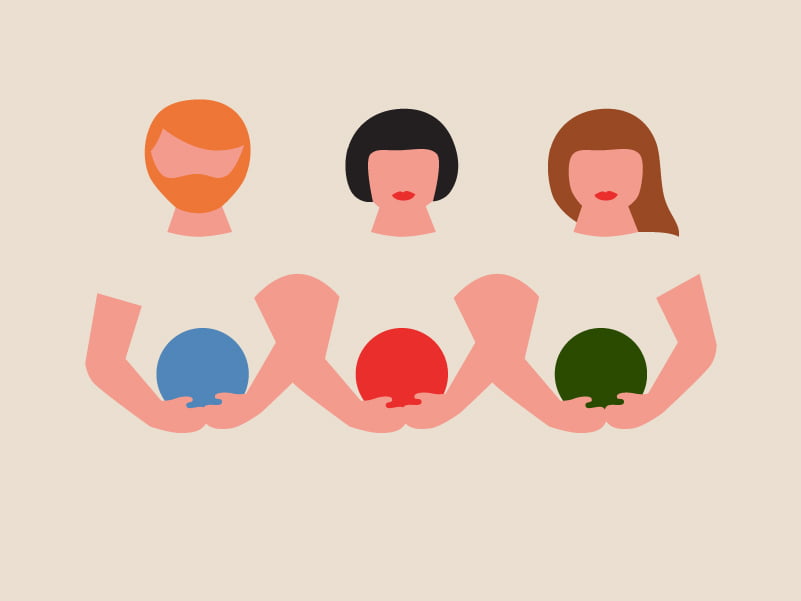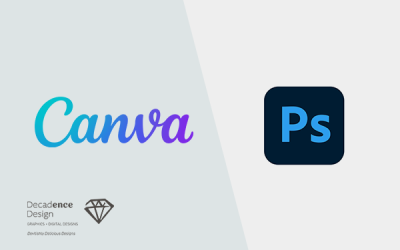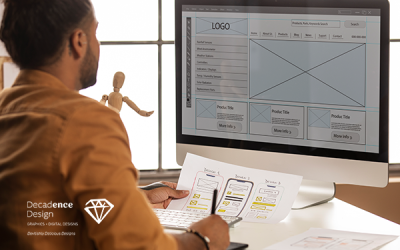There is something magical about design. It has the power to permeate every product, solution, and moment in our lives. Not just that, it actually immensely changes the way we feel and perceive something that promises to deliver a certain value or solve a certain problem in our lives. However, the field of design itself faces a few problems that can adversely affect its relevance and potential value for the human consumers. For example, demographic diversity and a culture of inclusion – two overlapping areas in which the current design industry is lagging. The two rely on each other, and both are crucial for the future success of the industry.
An ideal scenario for diversity in design can be achieved when we work on inclusive gestures to consider individuals from underrepresented groups who can make a contribution to the design field. In other words, we need to go above and beyond the current state of design affairs and uplift diversity from being a mere popular buzzword in discussions, conferences, and icons to be a real, strategic approach in conducting businesses, hiring staff, crafting designs, and instilling education.
According to an AIGA research, approximately 86% of the professional designers are Caucasian. Although race is only part of the picture and diversity can also factor in experiences, perspectives, creativity, it still provides a good case in point. A better way forward is to work on the diversity problem in design through a balanced mixed of race, ethnicity, gender, age, sexual identity, ability, and location to achieve empathy, inclusion, and a broader vision.
Why diversity and inclusion are so important after all? Because we are living in an interconnected world, and with the rise of technology, multiculturalism, and globalisation, diversity has become more relevant today than ever (in design as well as other areas of business and culture). The timely adoption of diversity will not only positively affect the pool of possible future designers, but also the makeup of our clients, collaborators, and colleagues. All these progressive moves, when taken, will lead to more innovation, creativity, and intelligence in the design field which will ultimately help solve our real-life problems.





